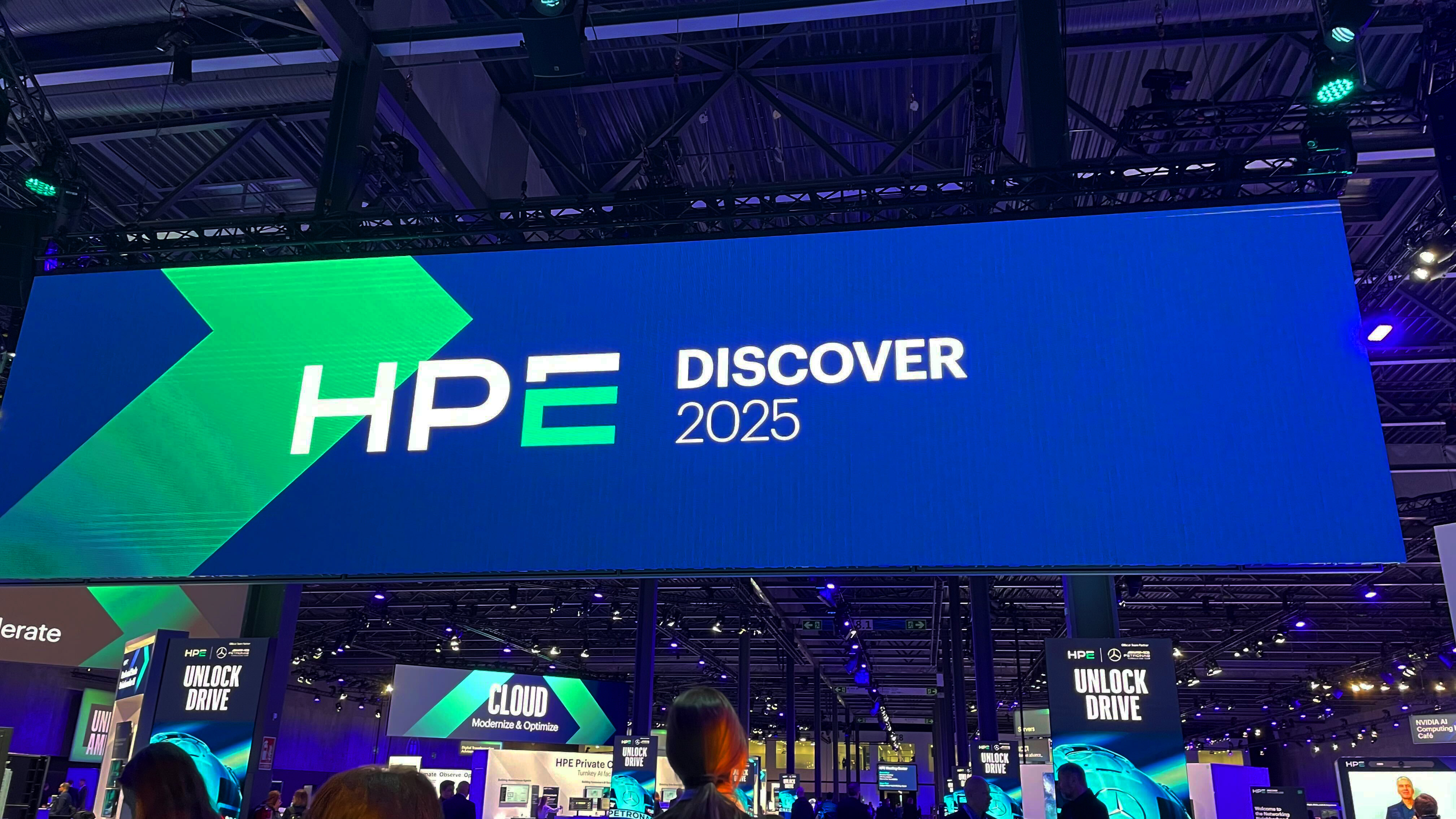AVG Internet Security SBS Edition 8.0
It's feature packed and good value but is that enough for AVG's latest business package?
The sheer number of features on offer makes this security package look very good value. Once up and running it’s easy enough to monitor and manage but the fragmented documentation doesn’t aid initial installation, we would have preferred better integration with the Exchange anti-virus component and switching client components off leaves them with annoying and unnecessary warning messages.

Group shared settings determine the security stance of each member workstation. Every AVG component is accessible from here so you can switch them on and off or modify them. For example, the anti-spam component can have its spam scoring level modified, the subject tag for spam customised and its engine performance tweaked. For the price, the anti-spam measures look good value and include the option to have spam checked against external MailShell servers as well. In practise it worked well enough although our live tests showed that Outlook's own spam protection was almost as efficient.
AVG has gained a certain notoriety with its LinkScanner component, which checks search engine results for potentially dodgy sites and content by emulating a user clicking on the result. IT PRO reported recently that AVG had made an update available , which stops LinkScanner producing fake traffic, which was causing havoc with web site traffic.
You can switch it off on all clients from the console but we found all the local AVG interfaces on our test clients were flagging this with an error status and a warning that they may not be protected. There is an option in the group shared settings to ignore selected faulty conditions so we ticked LinkScanner from the list and sent out the change. Annoyingly, instead of getting rid of the warning in the client's interface it simply made it more alarmist by adding extra comments advising that the error still existed but that they had chosen to ignore it.
During testing we found the anti-virus scan process quite hungry for resources. A full scan on the system and data volumes on the main SBS server took nearly an hour and during this time it utilised anything from 5 to 35 per cent of CPU resources. One of three scan priorities can be selected using a slider bar but we left it on the default automatic setting for this test. A full scan of on one of our Vista workstations also took ten minutes to complete and its dual 3GHz 5160 Xeons were getting hit for a similar CPU usage during this period.
During testing we found AVG's Internet Security SBS Edition simple enough to use on a day to day basis enabling us to easily manage all our workstation configurations and client updates. The plethora of manuals and the lack of cohesion between them does make for a tedious installation process and the Exchange component is totally separate but there's no denying this package is brimming with features and looks good value as well.
Verdict
The sheer number of features on offer makes this security package look very good value. Once up and running it’s easy enough to monitor and manage but the fragmented documentation doesn’t aid initial installation, we would have preferred better integration with the Exchange anti-virus component and switching client components off leaves them with annoying and unnecessary warning messages.
Processor: 1.2GHz or faster
Sign up today and you will receive a free copy of our Future Focus 2025 report - the leading guidance on AI, cybersecurity and other IT challenges as per 700+ senior executives
OS: Client: Windows 2000 and above, Server: Windows Server 2000 and above
Memory: 256MB of RAM
Hard disk: 70MB free hard-disk space
Dave is an IT consultant and freelance journalist specialising in hands-on reviews of computer networking products covering all market sectors from small businesses to enterprises. Founder of Binary Testing Ltd – the UK’s premier independent network testing laboratory - Dave has over 45 years of experience in the IT industry.
Dave has produced many thousands of in-depth business networking product reviews from his lab which have been reproduced globally. Writing for ITPro and its sister title, PC Pro, he covers all areas of business IT infrastructure, including servers, storage, network security, data protection, cloud, infrastructure and services.
-
 Gender diversity improvements could be the key to tackling the UK's AI skills shortage
Gender diversity improvements could be the key to tackling the UK's AI skills shortageNews Encouraging more women to pursue tech careers could plug huge gaps in the AI workforce
By Ross Kelly Published
-
 Researchers claim Salt Typhoon masterminds learned their trade at Cisco Network Academy
Researchers claim Salt Typhoon masterminds learned their trade at Cisco Network AcademyNews The Salt Typhoon hacker group has targeted telecoms operators and US National Guard networks in recent years
By Emma Woollacott Published
-
 HPE says unified channel strategy won't force Juniper partners to generalize
HPE says unified channel strategy won't force Juniper partners to generalizeNews Does the company embrace specialists or want a full portfolio push? The answer, it seems, is both
By Jane McCallion Published
